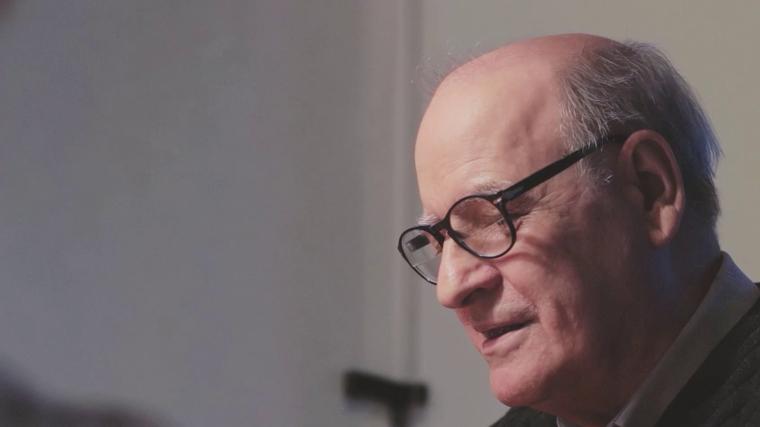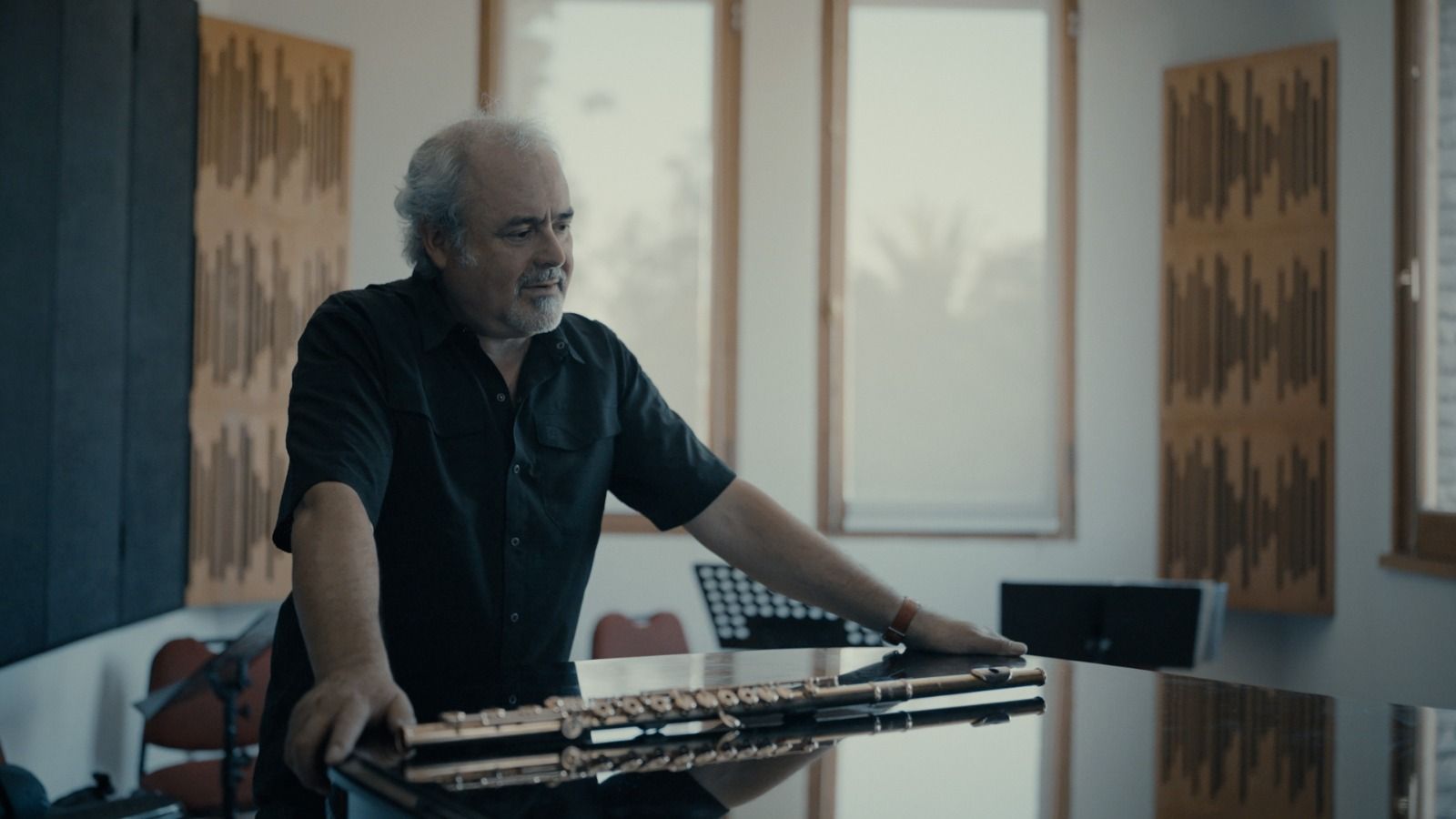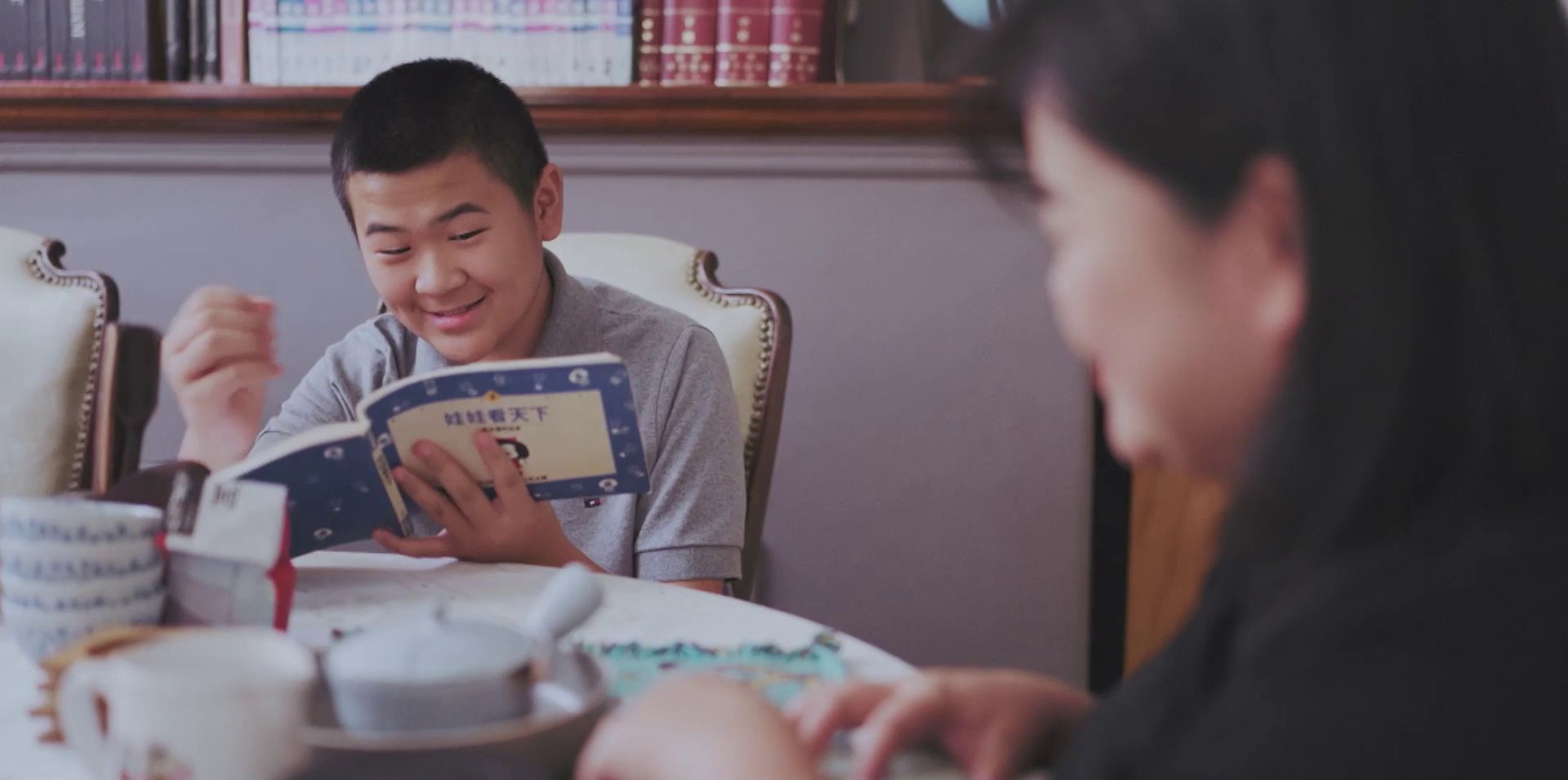'The stick of denting ideologies,' the Mafalda cartoon that cost Quino his exile from Argentina.

Quino returned to his native Mendoza in 2014 to reconnect with the light of his childhood as he was losing his sight. Mafalda's father hated interviews, but that winter he welcomed a film crew until nightfall. Around this encounter, Mariano Donoso and Federico Cardone have woven "Quinografía," a documentary that explores the life and work of the Argentine genius and which will premiere in theaters nationwide on June 19.
At one point in the interview, he's asked what concerns him most about the world right now. The cartoonist doesn't hesitate: Ukraine and Russia —that same year Putin had annexed Crimea—the migration of Latin American children, the elections in the United States, the rise of the far right in countries like Hungary... Filled with a political sensitivity that transcended its time and is at once deeply human, the vision that presided over the author's creative and emotional universe is reflected in 'Quinografía'.
Through his responses, personal objects, cartoons, life scenes—it was filmed in six countries—and testimonies from professionals, friends, and family, a dialogue is established between the present and the past that intimately portrays the cartoonist. Visiting Spain for its premiere, his nephews Guillermo —on whom Mafalda's younger brother Guille is based—and Diego Lavado highlight two essential pillars of this "Quinografía": the fundamental role his wife, Alicia , played in his life and the impact of exile.
In February 1976, shortly before Videla's coup d'état , an armed group broke into Quino and Alicia's home in Buenos Aires. They weren't there, as they decided not to go back to sleep and stayed at their residence in Tigre, contrary to their usual practice. The cartoonist wasn't a party member, but "he didn't need to be to be targeted," Diego tells ABC. His work was a constant critique of authoritarianism and repression .
 Quino during the 2014 interview
Quino during the 2014 interview
He himself points out in 'Quinografía' the cartoon starring Mafalda that caused him the most trouble. In it, the little girl touches a policeman's baton while saying: "See? This is the stick for denting ideologies ." "One of the intelligence services plastered the entire center of Buenos Aires with the cartoon, in which they put Manolito in place of Mafalda and he says: 'See Mafalda? Thanks to this stick we can go to school safely,'" Quino notes in the interview. They wanted him to authorize the cartoon, but he refused. "He was very calm, but when he got angry, he was a tsunami. I imagine he must have sent them where they'd better not go; a week later, they were after him ," Diego explains.
 Guillermo Lavado in 'Quinography'
Guillermo Lavado in 'Quinography'
After the robbery, Quino and Alicia took refuge in his father's house for two months. Shortly after settling in, the tragicomedy that always dogged the cartoonist reached its peak. He was taking a shower when the neighbor turned up the music so loud the walls shook. With a bitter smile, he recounts how he and his brother went to the police station to report him, but to their horror, when they entered, they stumbled upon the Mafalda cartoon. "We were all very naive. They could have... as they say in Argentine slang, 'sucked in,' kidnapped us all. We didn't know the extent of it ," Guillermo explains.
Quino's nephew was 12 years old and remembers "a moment when he was at home, very sad. I touched him and realized he was crying . That was when he had to decide to leave his country and go to Italy. It was extremely hard for him to leave. He loved his homeland deeply," he recalls.
After that episode, the Quinos went into exile in Milan. There, they became very familiar with their editor, Marcelo Raboni, thanks in large part to Alicia. Raboni wrote to the cartoonist incessantly about publishing Mafalda there, but he didn't reply. His wife took the reins, and Italy became the first European country to publish his cartoons. "He was completely useless at everyday tasks . A comfortable feminist. Alicia decided to leave her job at the Atomic Energy Commission to dedicate herself to being his manager. That's what helped Quino's career take off the way it did. He dedicated himself solely to his own thing, and anything secondary to his profession of sitting and drawing was Alicia's business," says Guillermo, who adds that the couple was so close that they could be considered one and the same .
Joan Manuel Serrat—a good friend—and writer Milena Busquets (daughter of Esther Tusquets, founder of Lumen , the publisher in Spain of Quino's work) corroborate Guillermo's words in the documentary. The cartoonist, the first cartoonist to receive the Princess of Asturias Award for Communication and Humanities, also lived in our country for a time. Writer Daniel Samper Pizano shows the plaque in his Madrid residence in 'Quinografía' and takes the viewer to his usual pharmacy . He never said who he was there, but they remember that one day he stood looking at the anti-wrinkle creams and said to them: "What do they have, arsenic?"
 Leonardo Lee with a Chinese copy of Mafalda
'Quinography'
Leonardo Lee with a Chinese copy of Mafalda
'Quinography'
In addition to Argentina, Italy, and Spain, the documentary travels to France and China. In Paris, his editor highlights his lateral thinking and how they had to plan a complex operation to scan the originals, since Quino, who kept them in a safe, refused to part with them. The Land of the Rising Sun intersects "Quinografía" with the story of a family, a symbol of the global and timeless reach of his work. A mother asks her child to read the cartoon in which Manolito didn't want to go to school in a worn copy. It's the edition of Mafalda that his grandmother bought many years before, unaware it was pirated.
ABC.es





